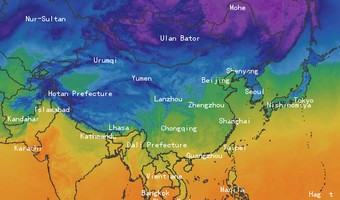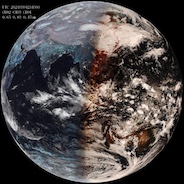Baoji Outlook
Baoji has a continental monsoon climate with semi-arid and semi-humid warm temperate zone. The climate change throughout the year is subject to the influence of monsoon circulation, with four distinct seasons: cold, warm, dry and wet. The weather in winter is dry and cold with little snow, summer is hot and dry and warm and rainy alternately, the temperature rises rapidly in spring and the climate is changeable, and the temperature drops rapidly in autumn with more rainy days. Due to its intricate natural geomorphology, the climate types are diverse, vertical differences are obvious, and meteorological disasters are frequent. In the past 50 years (1960~2010), the annual average sunshine hours of the whole district is 1,710~2210 hours, the average annual temperature is 7.9~13.2℃, the average temperature of the coldest month and January is between 4.5~0.0℃, and the average temperature of the hottest month is July. The temperature is 19.2~25.7℃. The annual extreme minimum temperature is -29.8℃ (appeared in Taibai on December 28, 1991); the annual extreme maximum temperature is 42.7℃ (appeared in Fufeng County on June 19, 1966). The average frost-free period in the Sichuan plateau area is 209 to 220 days for many years. The annual average precipitation is 578-737 mm. The precipitation from April to October accounts for 90% of the annual total. From May to September is the rainy period. From July to September the main flood season is 60% of the annual precipitation. In the past 50 years, Taibai has the highest annual rainfall of 1197.0 millimeters, and Meixian has the lowest annual rainfall of only 290.3 millimeters. Due to the large inter-annual and inter-month variability of precipitation, meteorological disasters are frequent, mainly including drought, rain and waterlogging, low temperature and freezing damage, hail, gale, dry and hot wind, etc., among which drought and rain are the most harmful; drought and hail occur frequently in northern mountainous areas; The southern mountainous area has a lot of precipitation and abundant water resources, but there are more rain, waterlogging, low temperature and freezing damage, and strong wind.
 Waxing crescent
Waxing crescent



